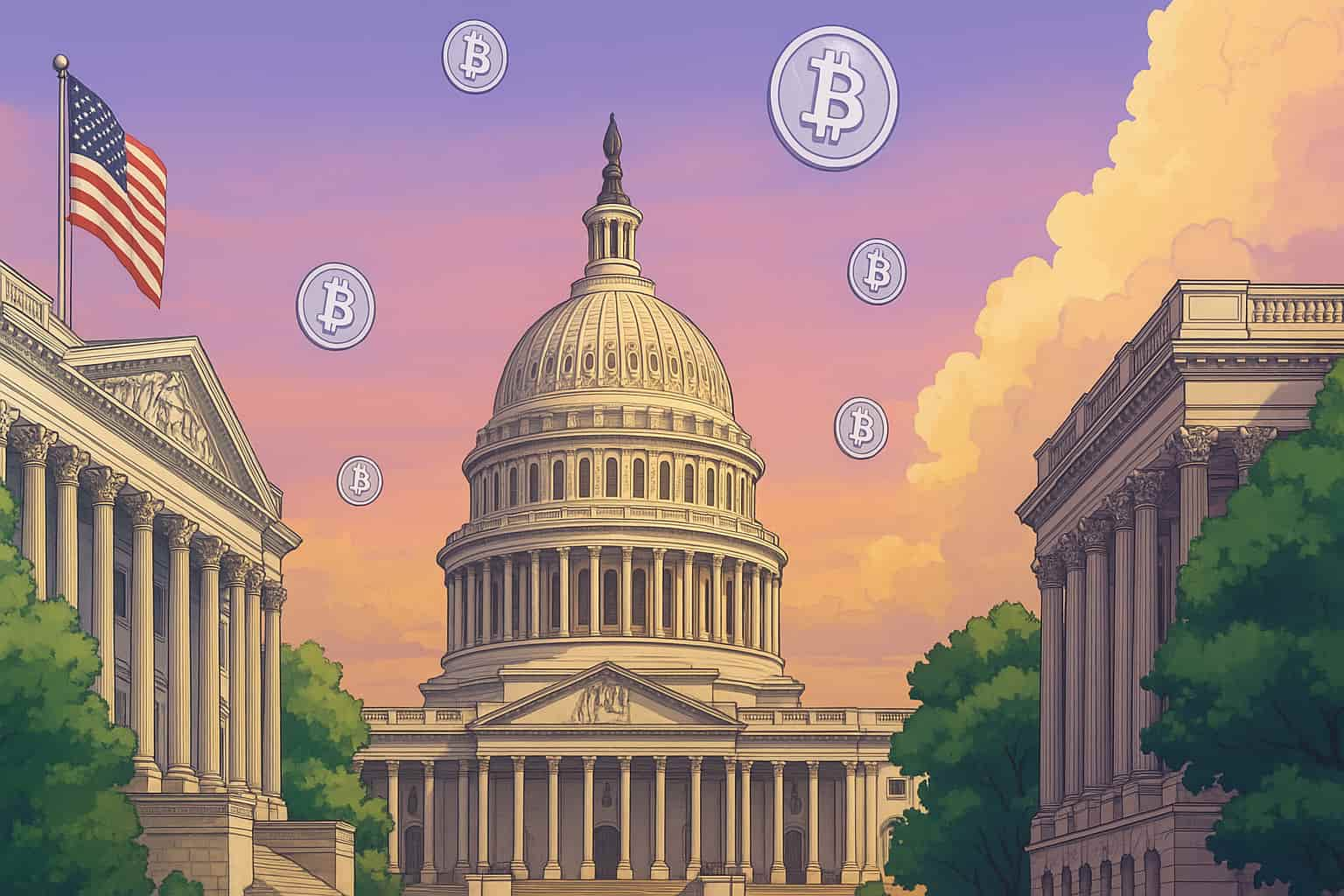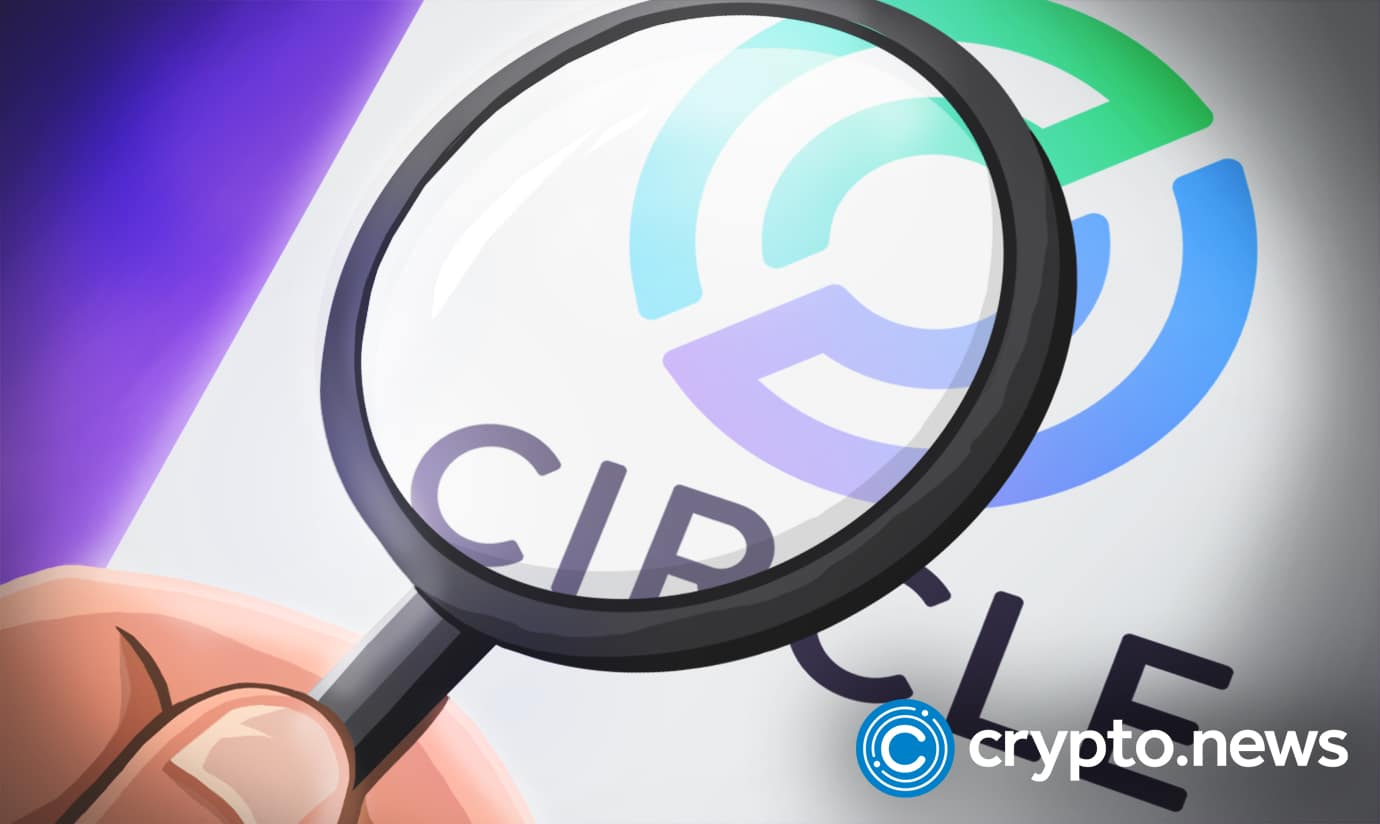In the digital age, where information flows like a river and attention is a currency, the concept of micropayments has emerged as a potential game-changer for how we interact with content, services, and each other online. Micropayments—small, often sub-cent transactions—promise a world where value is exchanged seamlessly, instantly, and at scale. Yet, despite their potential, micropayments remain a language most people don’t speak fluently. One blockchain, BSV, is positioning itself as the backbone for this new dialect of digital exchange, but the path to widespread adoption is fraught with challenges.
The grammar of micropayments
Micropayments are more than just tiny transactions; they are a new way of communicating value. Imagine a world where you pay a fraction of a cent to read a single article, tip a content creator for a clever tweet, or unlock a premium feature for a minute. This is the grammar of micropayments: granular, frictionless, and immediate. Unlike traditional payment systems, which are clunky and fee-heavy for small amounts, micropayments aim to make every interaction a potential economic exchange.
The idea isn’t new. Early Internet pioneers envisioned micropayments as a way to monetize content without relying on ads or subscriptions. However, high transaction fees, slow processing times, and user-unfriendly interfaces stifled progress. Enter blockchain technology, which offers a decentralized, secure, and efficient ledger for tracking these micro-exchanges. Among the contenders, BSV stands out for its focus on scalability, low fees, and a vision aligned with the original Bitcoin protocol as outlined by Satoshi Nakamoto.
Why BSV matters
BSV, or Bitcoin Satoshi Vision, prioritizes massive on-chain scaling to handle millions of transactions per second (TPS) at negligible costs. For micropayments, this is critical. Traditional payment processors like Visa (NASDAQ: V) or PayPal (NASDAQ: PYPL) charge fees that make transactions under a dollar impractical. BTC and many others struggle with high fees and network congestion during peak times. BSV, by contrast, boasts transaction fees as low as 1/10,000th of a cent, making it ideal for micropayments.
BSV’s architecture supports applications that can embed micropayments into everyday digital interactions. For example, platforms built on BSV, such as Treechat allow users to earn small payments for posts, comments, or video views. These platforms treat data as property, enabling creators to monetize their work directly. Imagine a social media feed where every like, share, or view generates a microtransaction—this is the fluent conversation BSV aims to enable.
Moreover, BSV’s focus on data integrity and smart contracts allows for complex micropayment ecosystems. Developers can create apps where payments are triggered automatically—say, paying a fraction of a cent per second to stream music or access a Wi-Fi hotspot. This programmability makes micropayments a currency and a language for encoding trust and value.
The fluency gap
Despite BSV’s technical advantages, micropayments remain a foreign tongue for most. The fluency gap stems from several barriers:
1. User Experience: For micropayments to work, they must be invisible. No one wants to confirm a transaction for every penny spent. While BSV’s low fees and fast confirmations help, wallets and interfaces must be as intuitive as tapping a contactless card. Current BSV-based apps, while innovative, often require users to navigate blockchain-specific hurdles like private keys and blockchain jargon.
2. Adoption Chicken-and-Egg: Micropayments thrive in ecosystems with many users. Content creators won’t adopt platforms unless there’s an audience, and users won’t join without compelling content. BSV’s ecosystem is growing—apps like HandCash simplify payments—but it’s still a niche compared to mainstream platforms.
3. Cultural Resistance: People are accustomed to “free” content subsidized by ads or subscriptions. Convincing users to pay for a tweet or article, even pennies, requires a mindset shift. BSV’s vision of data ownership could help, as users might embrace micropayments if they’re also earning them.
4. Regulatory Uncertainty: Blockchain-based payments face scrutiny over money laundering, taxation, and consumer protection. BSV’s commitment to regulatory compliance (unlike some projects) is a strength, but global adoption hinges on clear legal frameworks.
Speaking the language
To bridge the fluency gap, BSV and the broader micropayments ecosystem must focus on education, integration, and incentives. First, education is key. Most people don’t understand blockchain, let alone BSV’s unique value proposition. Simplified onboarding, like HandCash’s user-friendly wallet, and clear messaging about the benefits of micropayments—lower costs, creator empowerment, and ad-free experiences—can demystify the technology.
Second, integration into existing platforms is crucial. Imagine if X or YouTube adopted BSV-based micropayments, letting users tip creators or access premium content seamlessly. BSV’s developer tools, like the Simplified Payment Verification (SPV) protocol, make such integrations feasible, but partnerships with tech giants or startups are needed to scale.
Third, incentives can drive adoption. BSV apps that reward users with micro-earnings for sharing ads, creating a virtuous cycle where users spend and earn simultaneously for example. Gamifying micropayments—think digital collectibles or loyalty points—could also make the language fun to learn.
The future of fluency
Micropayments, powered by BSV, could redefine the Internet’s economy. Instead of walled gardens controlled by tech monopolies, we could see a decentralized marketplace where every click, view, or share is a value exchange. BSV’s scalability and low-cost transactions make this vision technically viable, but fluency requires more than technology—it demands cultural and behavioral change.
Consider a musician uploading a song to a BSV-based platform. Fans stream it, paying a cent per minute, while the platform takes a negligible cut. The artist earns directly, fans enjoy an ad-free experience, and the transaction happens instantly, globally, without intermediaries. This is the fluent conversation micropayments enable—a language of value that speaks to fairness and efficiency.
Yet, fluency is a collective effort. Developers must build intuitive tools, businesses must integrate micropayments, and users must embrace paying for what they value. BSV is laying the foundation, with its unbounded blockchain and developer-friendly ecosystem. But like any language, micropayments will only thrive when spoken widely, practiced daily, and understood intuitively.
In 2025, we’re still in the early chapters of this linguistic revolution. BSV is teaching the grammar, apps are forming the vocabulary, and pioneers are starting to converse. The question is whether the world will learn to speak this language—or remain stuck in the ad-driven, subscription-heavy dialect of today’s Internet. For now, micropayments are a language of potential, and BSV is its most eloquent advocate. But fluency? That’s up to us.
Watch: Micropayments are what are going to allow people to trust AI
















 English (US) ·
English (US) ·